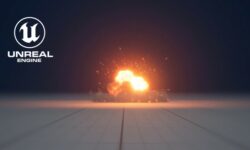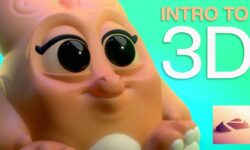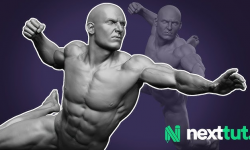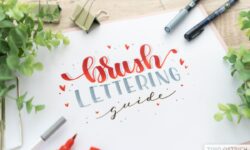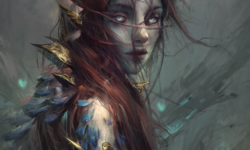Mastering Texture Painting – Complete Blender Course by Art Studio313
Release date:2024
Author:Morteza, Art Studio313
Skill level:Beginner
Language:English
Exercise files:Yes
In this course, we embark on an engaging journey to systematically learn Blender, progressing from an overview of the interface to mastering modeling and concluding with Texture Painting in Blender. The focus will be on low-poly modeling, with particular attention to the art of texture painting. While I use a graphic tablet for texture painting, it is also possible to follow along with a mouse, though I recommend using a graphic tablet for an optimal experience.
The course commences with fundamental Blender concepts and gradually advances to cover modeling and texture painting.
UV Unwrapping:
The next step involves learning the intricacies of UV Unwrapping for the three models. This includes understanding the placement of seams, their purpose, how to add them, and the process of unwrapping the entire model onto a UV map efficiently.
Shading Tab:
Once UV Unwrapping is complete, we move into the shading tab, where you’ll grasp the creation of image textures and their application to the model, preparing everything for the Texture Painting tab.
Texture Painting Tab:
In this tab, the focus is on teaching essential tools for Texture Painting. You will learn:
- Modeling and low-poly techniques
- UV unwrapping using a fast, easy, and clever method
- Placement of mark seams
- Understanding bleed and its purpose
- Brush settings and painting techniques for AO, shadow highlights
- Texture painting for cuts and holes
- Using custom brushes and painting professionally
- Troubleshooting texture painting issues like flipped normals
Once you master these aspects, you’ll be equipped to paint over any model in Blender. Each model is painted individually, with each having only one texture, ready for use in a game engine.
I hope you gain valuable insights from this journey! 🙂



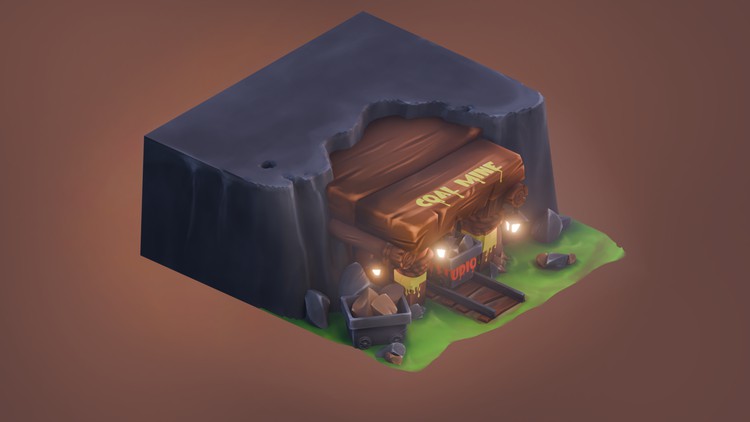

 Channel
Channel
